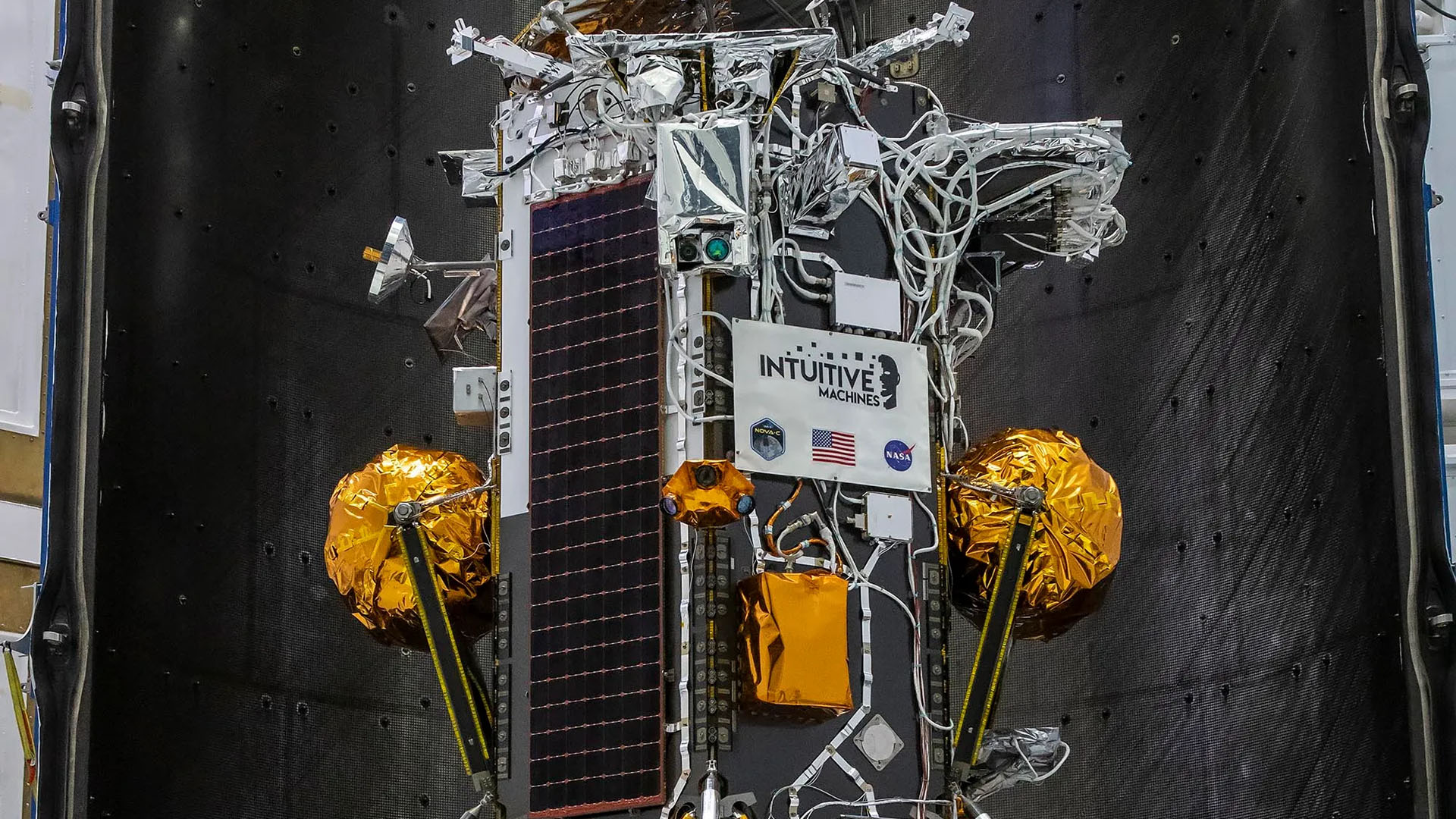It's an intense start to the year for the Moon: a third mission led by SpaceX and Intuitive Machines will leave in mid-February 2024. It succeeds the Japanese SLIM mission, which landed on the satellite at the start of the year , and to the Peregrine mission, which did not have the same fortune.
It's a privilege that should have originally accrued to the Peregrine mission: becoming the first private American company to land a spacecraft on the Moon. History ultimately decided otherwise. Peregrine has gone wrong, with the outcome that we know. But America has resources: a new mission is arriving.
Advertisement
Direction the South Pole of the Moon
This new mission is led by the company Intuitive Machines and must leave Earth on Wednesday, February 14 at 7 a.m. (Paris time). Baptized IM-1 (for Intuitive Machines mission 1), it also includes a moon lander. His target? The South Pole of the natural satellite. Expected arrival in the area on Thursday February 22, if all goes well.
The South Pole is a region of the Moon which attracts many missions, due to two main particularities: it is here that we have best chance of finding water ice. Furthermore, the region is almost constantly sunny. It is also at the South Pole that Astrobotic's IM-2 and Griffin missions are to land.

If IM-1 from Intuitive Machines succeeds, the mission will be doubly historic: it will not only be the first in the private sector to land on the Moon, but it will also be the first American mission in more than 50 years to reach the satellite . Uncle Sam's last success dates back to 1972, with Apollo 17.
Intuitive Machines' mission is part of the CLPS (Commercial Lunar Payload Services) initiative, set up by the American space agency. The objective here is to have the support of private companies to support NASA in its ambition to return to the Moon and establish itself there in the long term – this is the Artemis program.
Advertisement
IM-1 mission to the Moon must be brief
The CLPS program was formalized at the end of 2018, with the presentation of a series of partners. However, we will have to wait almost six years to see it come to fruition: the first flight was entrusted to Astrobotic, which left in January with a Vulcan Centaur rocket. It was the Peregrine mission. For IM-1, the flight will be carried out with a SpaceX Falcon 9 rocket.
Scientific instruments are on board Nova-C, the name given by Intuitive Machines to its lander. Don't expect to see them working for months or years: they must work for two weeks at best, before the freezing cold of the lunar night takes everything away, with a temperature of -130° C.
Until then, their role, NASA recalls, will be to measure the interactions between the plume and the surface, space weather and interactions with the lunar surface, radio astronomy, precision landing technologies. Nova-C also includes a communications and navigation node for future autonomous navigation technologies.
Liftoff will take place from Launch Complex 39A at NASA's Kennedy Space Center in Florida.


